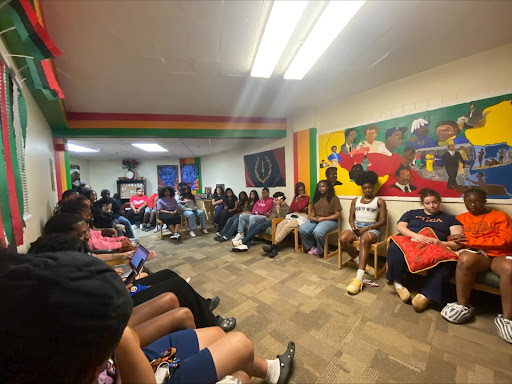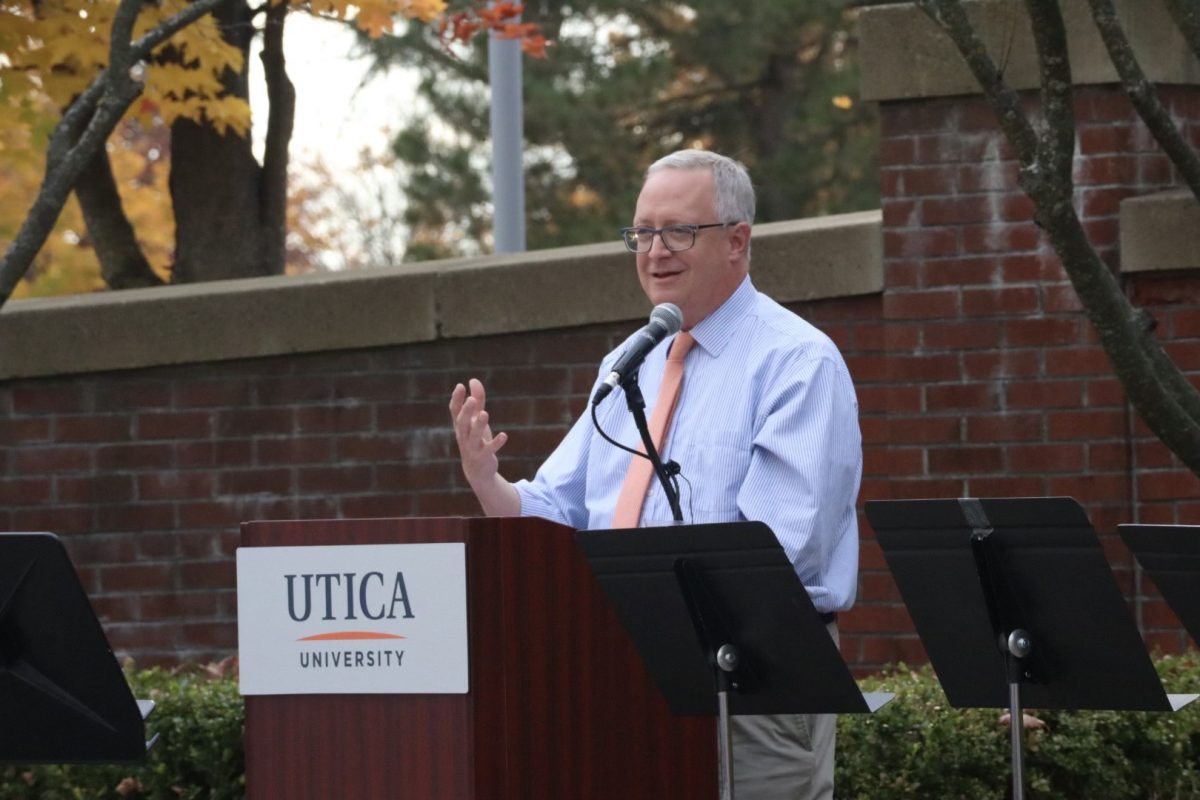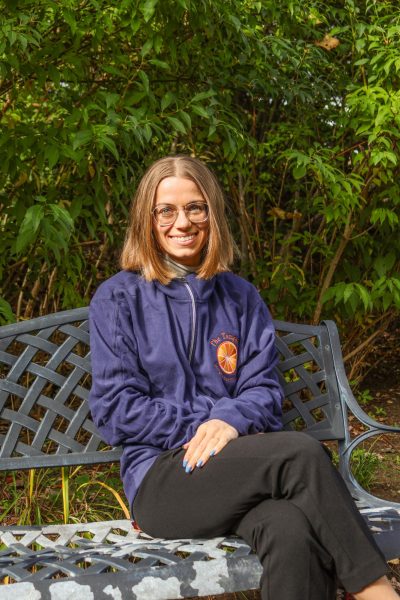
The Higher Education Opportunity Program (HEOP) program at Utica University is funded by New York State’s Department of Education through grants and provides financial aid and supportive services to financially and academically disadvantaged students in the state.
This semester, Kari Beane, the director of HEOP, filed an amendment to the Department of Education to ask for additional funding for five transfer students.
After Cazenovia College and Medaille University closed this year, the Department of Education asked HEOP schools to open up spots in their cohort to accept HEOP transfer students. Beane opened up five slots for students, three of whom transferred from Cazenovia and two came from Medaille, increasing the number of students in her program from 65 to 70.
HEOP students receive up to five years of financial assistance for tuition and housing costs, have a cap on the amount of loans a student accrues and receive counseling related to school and scheduling decisions. The first-year students who are a part of the program attend a five-week pre-freshman summer institute designed to serve as a bridge between high school and college.
The grant received per student is based on the institution’s tuition rate, and Beane files quarterly reports to account for the money spent and students’ success in the program.
In addition to paying a portion of each student’s tuition, grant money is used to pay the majority of HEOP and CSTEP staff salaries, for professional tutors the programs offer, the events hosted by the programs, such as this year’s upcoming Friendsgiving, and for personal funds the students can request money for, such as traveling or necessities.
Until the additional funding comes in from the state, Beane said she is using current funds to cover the expenses of the newly transferred students.
Bean is also the director of the Collegiate Science and Technology Entry Program (CSTEP), another opportunity program funded by grants from the New York State Education Department.
However, although she is allowed to cross 20% of the grant between the two programs, she tries to make sure the resources are shared in such a way that she can help as many students as she can.
Students in HEOP come into the university as part of the program, but CSTEP students can apply and be recruited for the program. With a 5% crossover between the two programs now, Beane said, to allow the funds to be shared between more students.
First-year students in HEOP meet with staff weekly, sophomores and juniors meet every other week and seniors meet once a month to discuss student’s progress, plans and issues.
“It allows us to keep a closer eye on them academically because HEOP kids are lower on the academic scale,” Beane said. “That’s what the grant is made for — to supply the kids with additional help to get them through.”
Despite the programming and services HEOP offers, Beane said what causes students to grow most is the family atmosphere. The monthly family-fun nights draw students together and the staff’s down-to-earth approach “allows them to know we’re not perfect or expecting them to be perfect.”
Sophomore Lacy Harrison transferred to Utica from Cazenovia and said integrating into the community was easy because Beane showed her around campus and made her feel welcome. She said she feels comfortable in the office, but it’s also a place where she gets a lot of work done.
“I’m happy to be here…there was a lot of empathy,” said Harrison, an animal behavior major. “They try to make you feel like you belong here.”
She goes to the HEOP office every morning before class for a cup of coffee.








































































































































